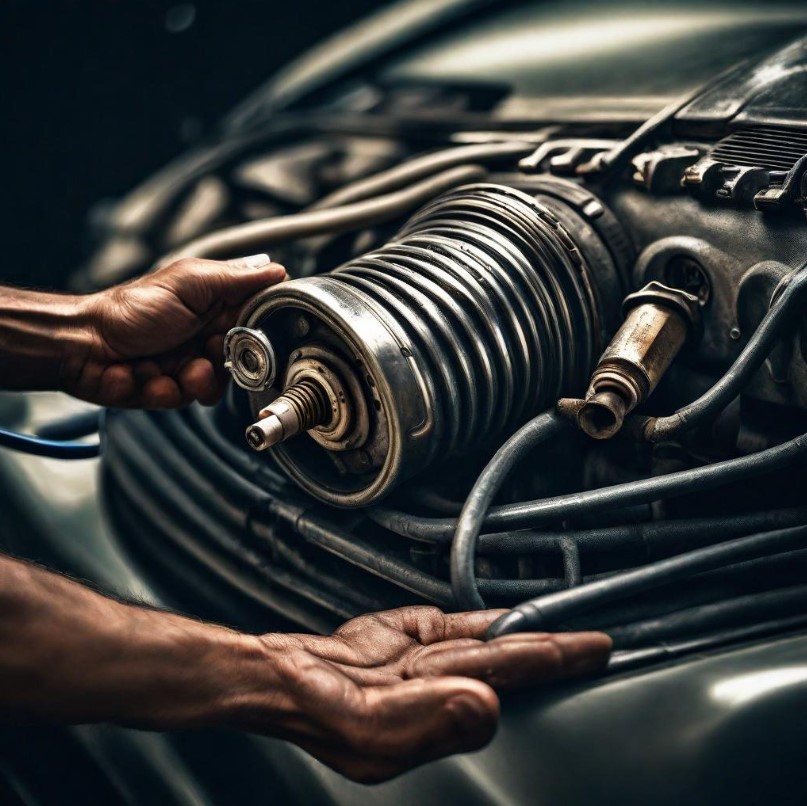
Purchasing a car is a substantial investment, and ensuring the reliability and condition of its diesel engine is paramount for a smooth and trouble-free driving experience. Here's an in-depth guide on how to inspect a diesel engine before making a purchase:
1. Visual Inspection:
- Examine the engine compartment for any signs of oil leaks or coolant leaks.
- Check the condition of the drive belts (alternator, air conditioning, power steering) for wear and tear.
- Inspect the battery for cleanliness and ensure the terminals are free of corrosion.
- Verify the oil level and condition in the engine. It should be clean and devoid of contaminants.
2. Engine Start-up:
- Request the seller to refrain from starting the engine until your arrival to witness the starting process.
- When starting the engine, listen for any unusual noises or vibrations. A smooth and quiet start is indicative of a healthy engine.
3. Engine Performance Check:
- After starting the engine, allow it to idle for several minutes to reach operating temperature.
- Check for excessive smoke emission from the exhaust pipe. Black smoke may indicate fuel combustion issues.
- Pay attention to engine noises during acceleration. Smooth operation without knocks or rattles is ideal.
- Look out for any abnormal noises or vibrations that may suggest engine problems.
4. Test Drive:
- Request a test drive to assess the engine's performance while driving.
- Monitor the engine's response to throttle input. It should be immediate and free of delays.
- Evaluate noise levels and vibrations across various speeds and driving conditions.
- Assess the transmission's operation for smooth shifts without jerks or delays.
5. Documentation and Maintenance:
- Review the vehicle's maintenance records to ensure routine servicing has been carried out.
- Check for documentation of oil and filter changes, as well as any major repairs or component replacements.
6. Professional Inspection:
- Consider arranging a professional inspection by a qualified mechanic or service center.
- They can perform a comprehensive examination, including diagnostic tests and evaluation of major engine components.
7. Compression Check:
- A compression test can provide insight into the engine's internal condition, including piston rings and valve seals.
- Arrange for a mechanic to conduct this test using specialized equipment.
8. Risk Assessment and Signs of Major Repair:
- Watch out for signs indicating the need for significant engine repairs:Excessive engine noise, particularly knocking or rumbling sounds.Pronounced vibrations or shaking during engine operation.Increased oil consumption or coolant usage without visible leaks.Noticeable smoke emissions from the exhaust, especially if it's blue or gray.Irregular engine operation, such as misfires or ignition issues.
- Excessive engine noise, particularly knocking or rumbling sounds.
- Pronounced vibrations or shaking during engine operation.
- Increased oil consumption or coolant usage without visible leaks.
- Noticeable smoke emissions from the exhaust, especially if it's blue or gray.
- Irregular engine operation, such as misfires or ignition issues.
- Any of these signs could signal serious engine problems requiring extensive repairs.
- Factor in the potential cost and complexity of major engine repairs when determining the vehicle's value and whether to proceed with the purchase.
By following these steps, you can conduct a thorough inspection of the diesel engine and make an informed decision when purchasing a used car, ensuring that you're investing in a vehicle with a reliable and well-functioning engine. Remember, a comprehensive inspection can save you from costly repairs and potential headaches down the road.

